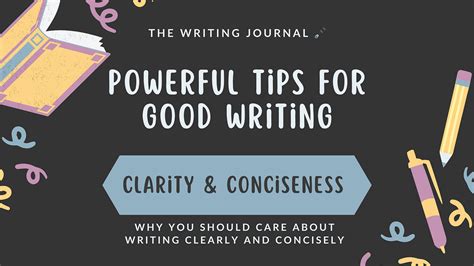In the vast landscape of communication, clarity is king. Whether you’re crafting an email, a report, a blog post, or a novel, the ability to convey your message directly and effectively is paramount. Wordiness, the bane of many writers, can obscure meaning, frustrate readers, and diminish the impact of even the most brilliant ideas. Learning to trim the fat from your prose isn’t just about saving space; it’s about sharpening your thoughts and presenting them with precision and power.
Why Clarity and Conciseness Matter
Clear, concise writing respects your reader’s time and attention. In today’s fast-paced world, people are more likely to engage with content that gets straight to the point without sacrificing depth. Wordy sentences force readers to work harder to extract meaning, often leading to disinterest or misunderstanding. Conversely, lean prose creates an inviting reading experience, allowing your message to land with greater impact and stick in the reader’s mind.
Ultimately, the goal is not merely to write less, but to say more with fewer words. This involves a deliberate process of self-editing and a keen eye for linguistic inefficiencies.
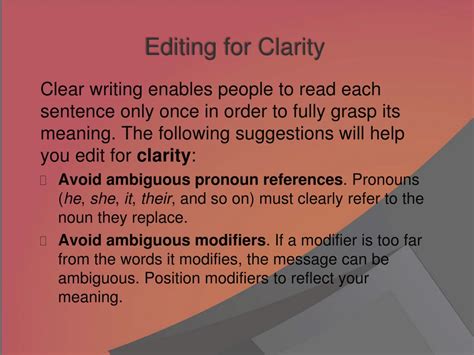
Identify and Eliminate Common Sources of Wordiness
To cut wordiness, you first need to recognize its various forms. Many common writing habits inadvertently introduce unnecessary words:
- Passive Voice: Often uses more words than active voice and can obscure the doer of the action (e.g., “The report was written by Jane” instead of “Jane wrote the report”).
- Redundant Phrases: Combinations of words that repeat meaning (e.g., “future plans” – plans are inherently future; “past history” – history is inherently past).
- Filler Words and Phrases: Expressions like “in order to,” “due to the fact that,” “at this point in time,” “it is important to note that.” These can almost always be replaced with simpler alternatives like “to,” “because,” “now,” or removed entirely.
- Nominalizations: Turning verbs into nouns, often requiring extra words (e.g., “make a decision” instead of “decide”; “reach a conclusion” instead of “conclude”).
- Overuse of Qualifiers: Words like “very,” “really,” “quite,” “somewhat,” “a little bit.” While sometimes necessary, they often weaken your statements.
Specific Techniques for Leaner Prose
1. Use Strong Verbs
Replace weak verbs combined with adverbs (e.g., “ran quickly”) with a single, more powerful verb (e.g., “sprinted”). Strong verbs add energy and reduce the need for descriptive adverbs.
2. Condense Phrases and Clauses
Look for opportunities to reduce multi-word phrases to single words or simpler constructions. For example, “the reason why is that” becomes “because”; “despite the fact that” becomes “although.” Convert dependent clauses into concise phrases when possible.
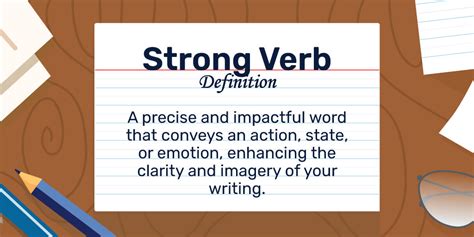
3. Eliminate Redundancy
Scrutinize every word. If removing a word or phrase doesn’t change the meaning, it’s probably redundant. Examples include “added bonus,” “free gift,” “terrible tragedy.” These are often unconscious habits.
4. Avoid Prepositional Phrase Overload
While prepositions are essential, strings of them can clog your sentences. Often, an adjective or a possessive noun can replace a prepositional phrase (e.g., “the policies of the company” becomes “the company’s policies”).
Streamline Sentence Structure
Clarity isn’t just about individual words; it’s about how words combine to form sentences. Complex, convoluted sentence structures can be just as detrimental as individual wordiness.
- Break Down Long Sentences: If a sentence spans multiple lines and contains several clauses, consider breaking it into two or more shorter, more focused sentences. This improves readability dramatically.
- Prioritize Subject-Verb-Object: Strive for a direct sentence structure where the subject is followed closely by its verb and then its object. This pattern is naturally easy for readers to process.
- Vary Sentence Length: While shorter sentences generally enhance clarity, a piece composed entirely of short sentences can sound choppy. Varying sentence length creates rhythm and keeps the reader engaged, but always err on the side of conciseness.
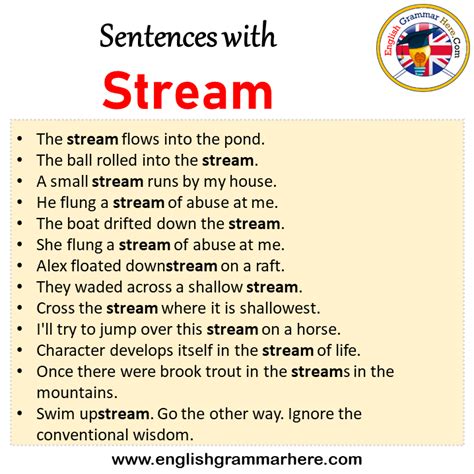
The Power of Revision and Feedback
Cutting wordiness and boosting clarity is an iterative process. Rarely does perfect prose emerge from the first draft. The real work happens during revision.
- Read Aloud: Reading your work aloud helps you catch awkward phrasing, convoluted sentences, and areas where your writing doesn’t flow naturally.
- Use Editing Tools: Grammar and style checkers can highlight passive voice, long sentences, and other potential issues. However, always use these as suggestions, not absolute rules.
- Seek Feedback: A fresh pair of eyes can spot wordiness and unclear passages that you, as the author, might overlook. Ask a trusted colleague or friend to read your work specifically for clarity and conciseness.
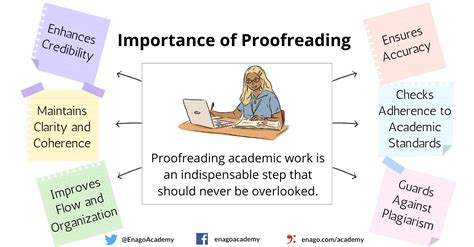
Practice Makes Perfect
Developing a concise writing style takes time and consistent effort. Make it a habit to question every word you write. Is it essential? Can I say this more simply? Can I use a stronger verb? Read widely, paying attention to how skilled writers achieve clarity and impact with their word choices. Emulate the economy of language found in good journalism, technical writing, and well-crafted literature.

Conclusion
Cutting wordiness and boosting prose clarity are fundamental skills for any writer. By consciously identifying and eliminating unnecessary words, streamlining sentence structures, and embracing rigorous revision, you can transform your writing from merely understandable to truly impactful. The result will be clearer communication, more engaged readers, and a more professional, confident voice. Start practicing these techniques today, and watch your prose shine with newfound precision and power.
